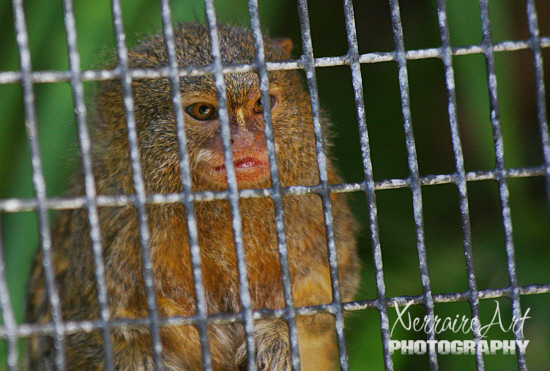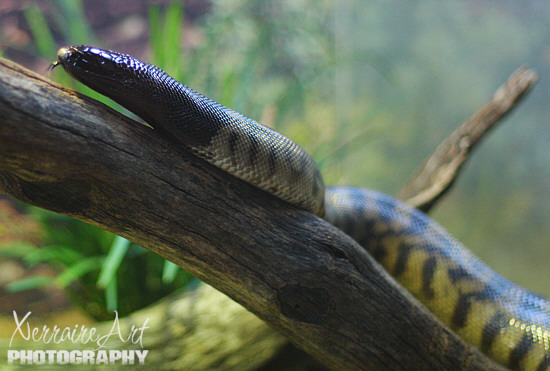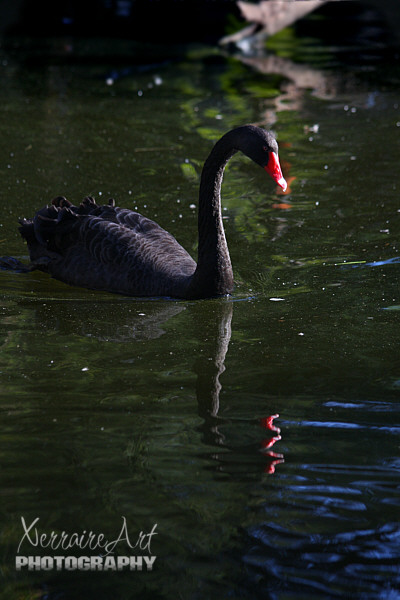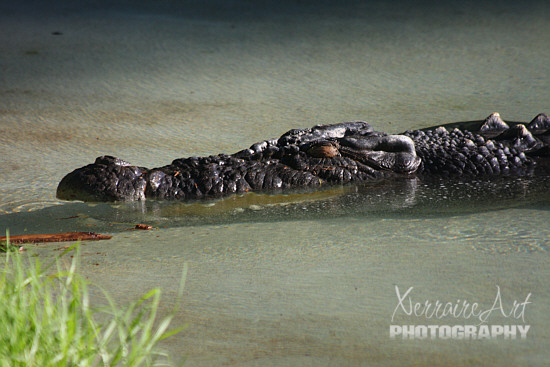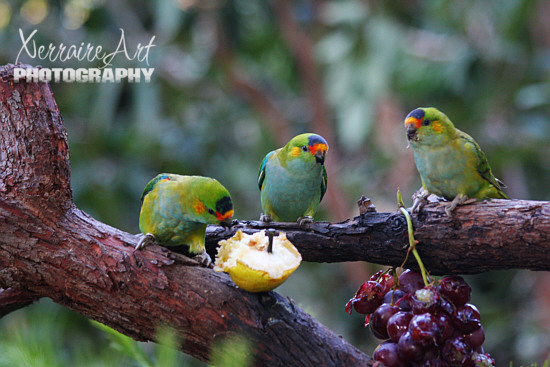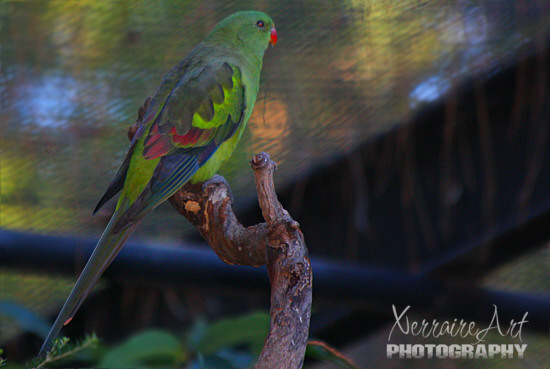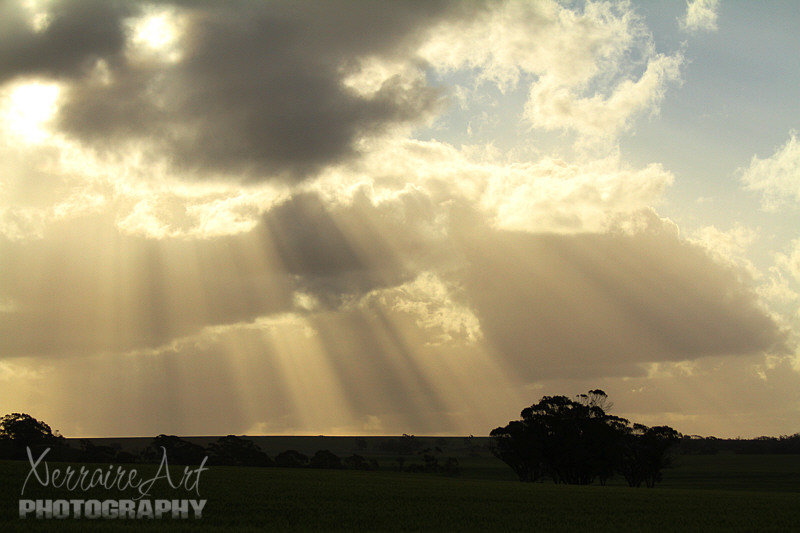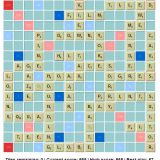Perth Zoo part 3
Our visit to Perth Zoo Part three.
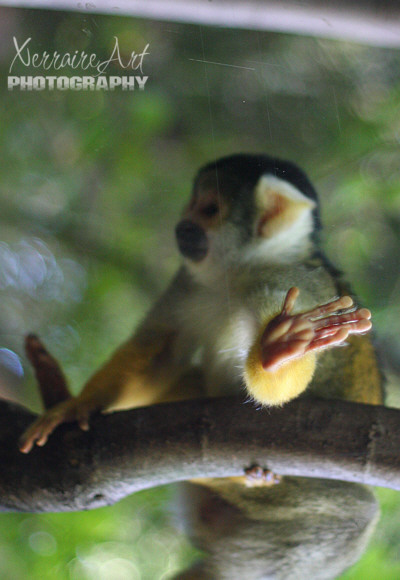
I really wanted to focus on its hand but unfortunately it was the only that that focused. It was pretty fast, so I was lucky I got the hand! Bolivian Squirrel Monkey.
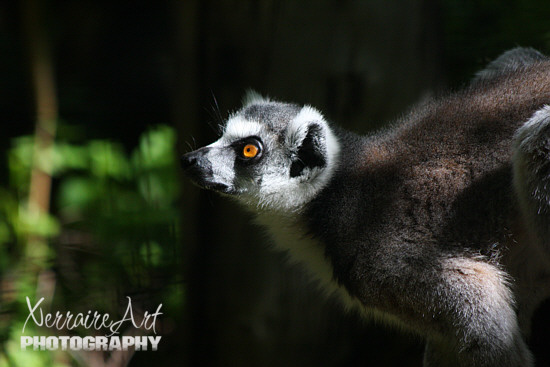
Ring-tailed Lemurs like to sunbathe. They sit in an upright position with their hands on their knees and face the sun. This one was watching a plane go by.
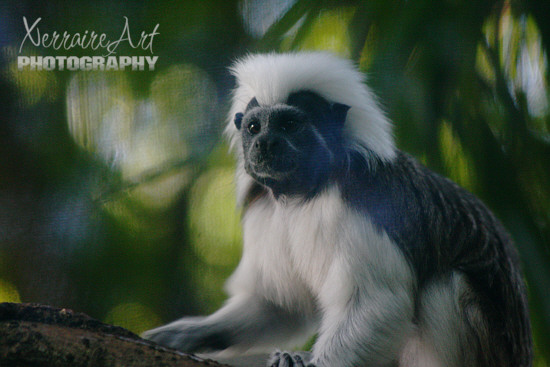
Cotton-top Tamarins have a distinctive white mane which tapers to a ‘mohawk’ above their head. They have white underbellies and a dark brown back and tail.
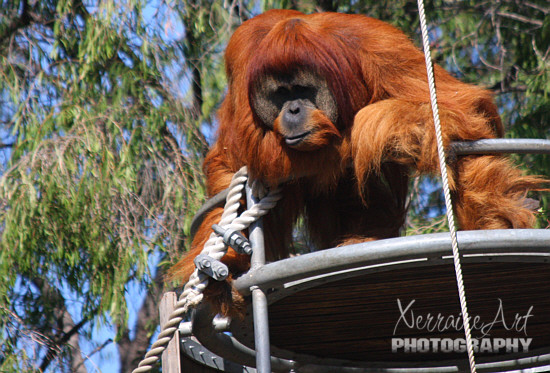
Perth Zoo is considered a world leader in the breeding of the Sumatran Orangutan. The Zoo has successfully bred 29 orangutans since 1970 as part of an Australasian captive breeding program.
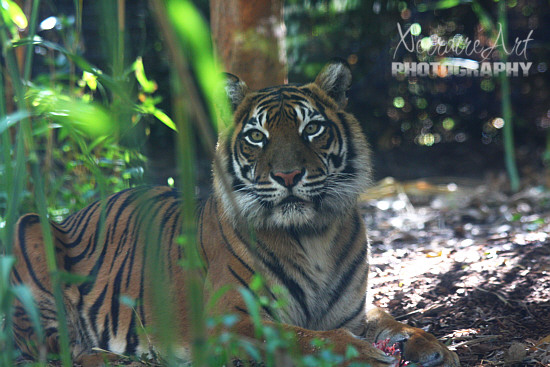
This Sumatran Tiger seems to be looking at me after eating, showing off his tongue and large teeth. f the eight subspecies of tiger that once roamed the Earth, only five are left. The Javan, Bali and Caspian Tigers all became extinct in the twentieth century. In total, there are as few as 3,200 tigers left in the wild.
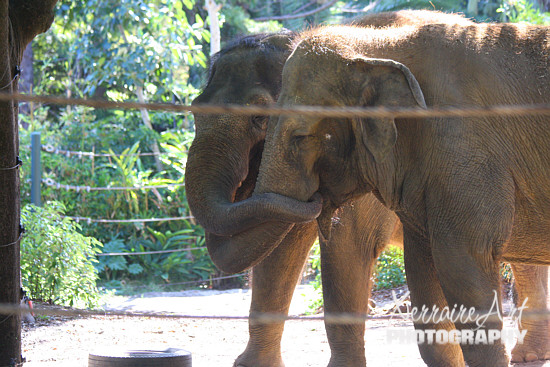
Elephants can use low frequency sound waves for communication between members of the herd and individuals outside the herd up to 15 km away. These two were just cuddling with their noses.
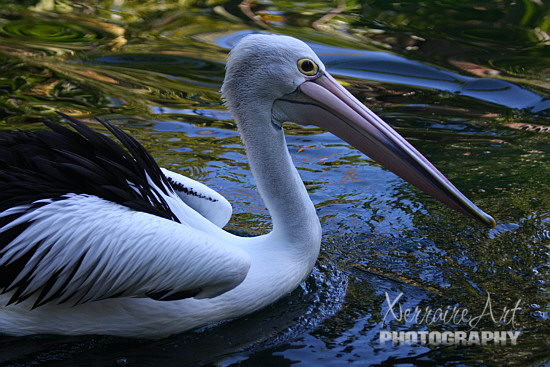
The Australian Pelican (Pelecanus conspicillatus) is found all around Australia and is the biggest of the 8 species of Pelicans found worldwide.
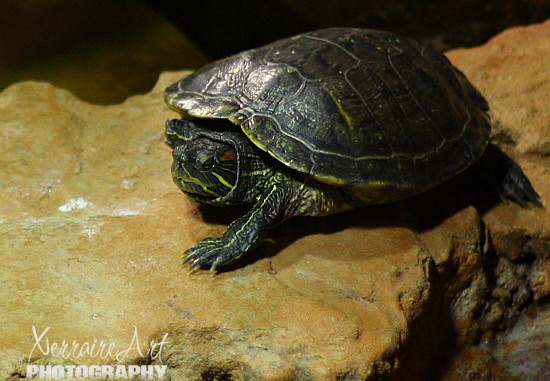
The Red-eared Slider is one of the top 100 ‘World’s Worst’ invaders as determined by the International Union for the Conservation of Nature. It is considered a major threat to biodiversity.
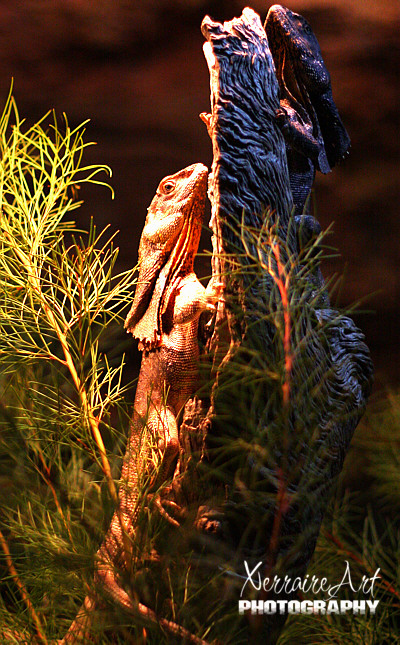
The Frilled Dragon spends most of its time on tree trunks and limbs. When the lizard feels threatened it sits on its hind legs, opens its mouth wide and expands its large neck ‘frill’ to make itself look bigger and to frighten predators. The lizard then hisses and jumps towards the predator and lashes its tail on the ground. If this doesn’t scare the predator away, the lizard turns quickly and runs up the nearest tree to hide.
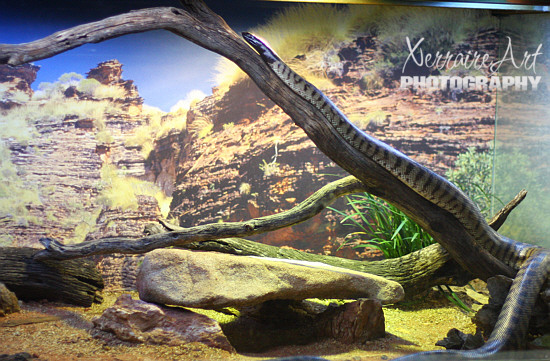
While this python is often mistaken for a venomous snake, it actually feeds on large venomous snakes like the King Brown. In fact, it often prefers to eat other reptiles. It’s length can be up to 3 meters.
We went back to the wetlands…
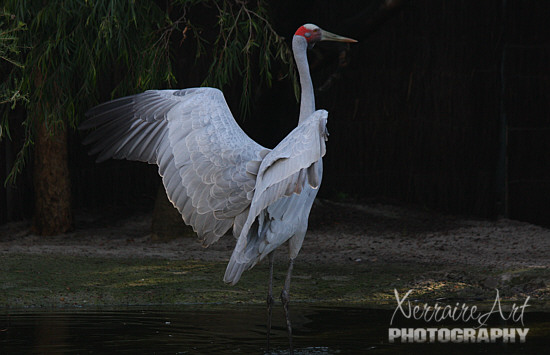
An Aboriginal legend says the Brolga was once a famous dancer named Buralga. I got to see it dance about a bit.
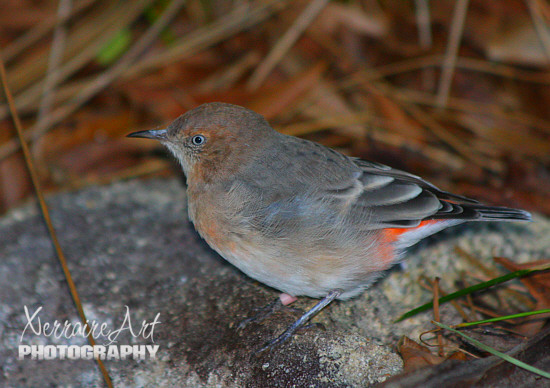
Generally, Crimson Chats are winter visitors to northern Australia and summer visitors to southern Australia. However, in places of unpredictable rainfall they are nomadic, following recent rainfalls.
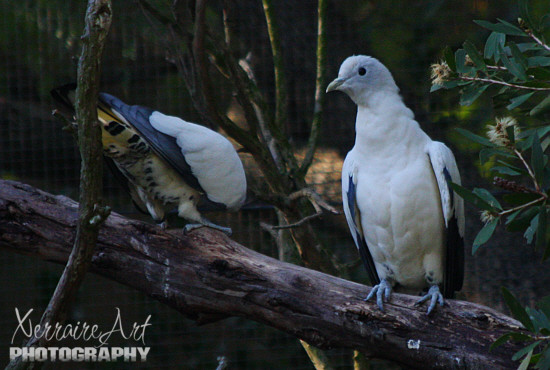
The Torresian Imperial Pigeon (Ducula spilorrhoa), also known as the Nutmeg Pigeon or Torres Strait Pigeon
It was a nice long day at the zoo, not too hot out, and then we went Dad and Iris’s for a lovely dinner of Cornish Pasty.

